Though there was excitement around the first Perceptoscope, it was never designed for everyday deployment. The concept was proven, the seeds of the platform were built, but there was still a lot of work to be done to make it something that locations would be willing and ready to use for decades.
In May of 2015, Perceptoscope was honored to receive a grant from the Knight Foundation Prototype Fund. This not only gave the project some working capital to get the components and manufacturing services required, but also opened us up to a network of like-minded individuals looking to use technology to engage people with the stories around them.
The grant process began with a workshop in Miami on Human Centered Design lead by the LUMA Institute. While there, I worked through a variety of different design thinking exercises with the other grantees. It was a great experience, and had me chomping at the bit to get home and dive in.
Once I was back in LA, I worked few a through exercises with Adam to formulate solutions to some of the bigger challenges we were facing. We wanted to design a platform that would be easy to deploy and manage, and stay focused on building as much of the stack as possible with open source tools.

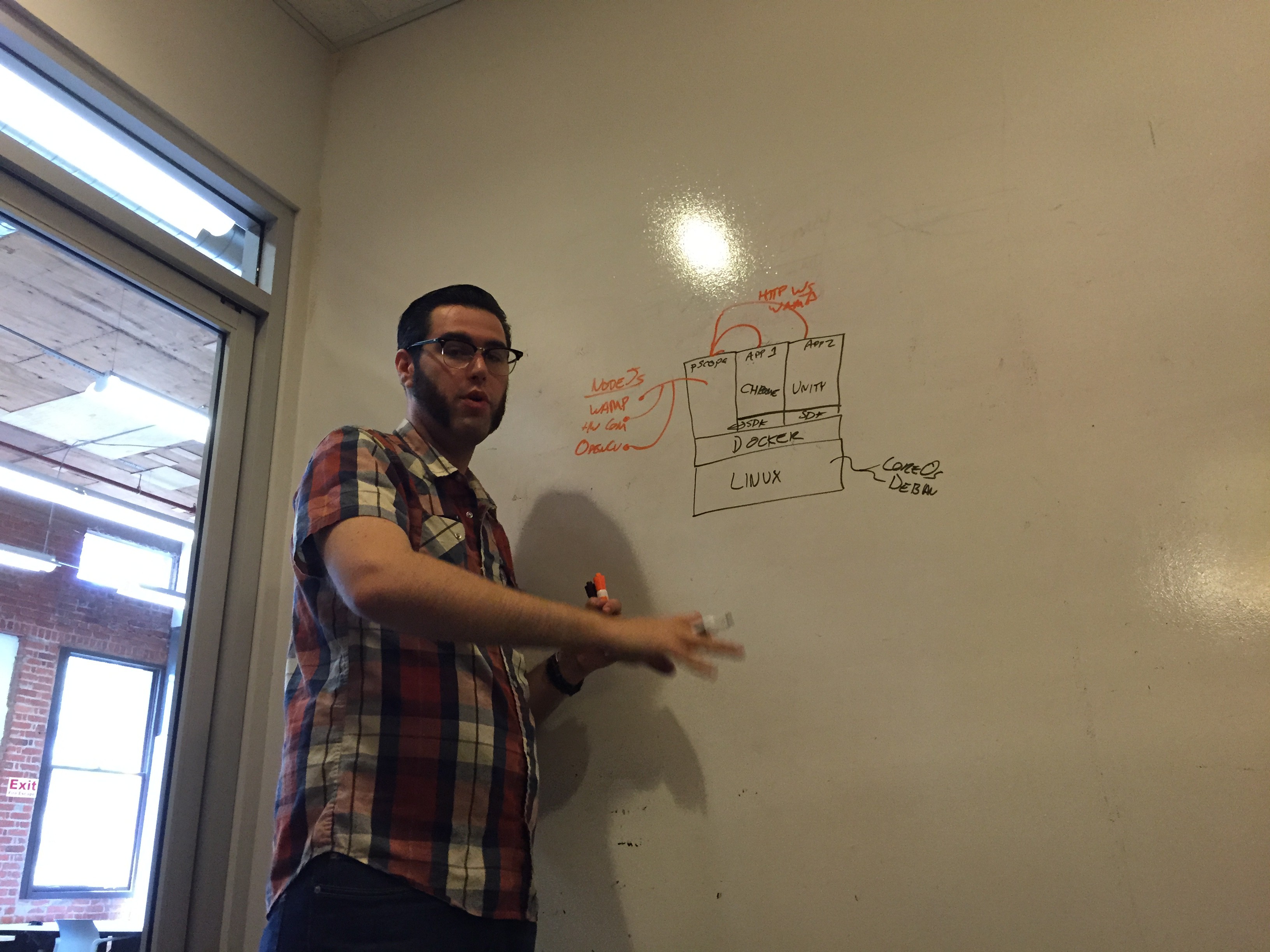
We settled on transitioning away from our previous ARM/Android/Jmonkey stack, and towards something that would be a little more straightforward. We went with an Intel NUC mini-computer running Linux, and refactored our stack to be built on web technologies that we could quickly spin up with different hardware architectures for ease of experimentation. Conceivably this stack could be completely architecture independent, and fly on either x86 or ARM.
Node.js would handle all the backend scripting to our sensors, as well as host the internal web server that serves the content. Three.js and (what would become) WebVR would handle the 3D rendering. This approach is not only super low overhead compared to a game engine, but opens up the possibility of a Perceptoscope dynamically sharing content to other mobile devices nearby. At its core, Perceptoscope is about activating public spaces, and this new possibility could significantly extend its reach.
Industrial design was also a big focus on this new rev, and some of the most significant improvements were made to what might be considered the most boring components. Steve and I brainstormed at CRASH Space for how to best tackle. To ensure the mechanics wouldn't break down under abuse, we had a custom yoke welded. Bearing blocks and encoder mounts were milled at a local machinist. The mechanical assembly was starting to feel bullet (and kid) proof.
I knew the internals of the Scope would always be evolving, so its skeletal structure was built out of 8020 for ease in mounting whatever needed to go inside. We laser cut shelves to hold components like the screen and optics assembly, and mounted them with standard 8020 gear.
The final step in the manufacturing process was shelling the Scope. Laser cutting acrylic seemed like a fast way to prototype out a single shell, so Steve and I worked out of Craig's Plastics down the road from Crash. Lucky for us, they have an extra large laser cutter there. We started by prototyping the shell in cardboard before cutting the final pieces. Craig built jigs to miter the edges of all the pieces and glued them together seamlessly.
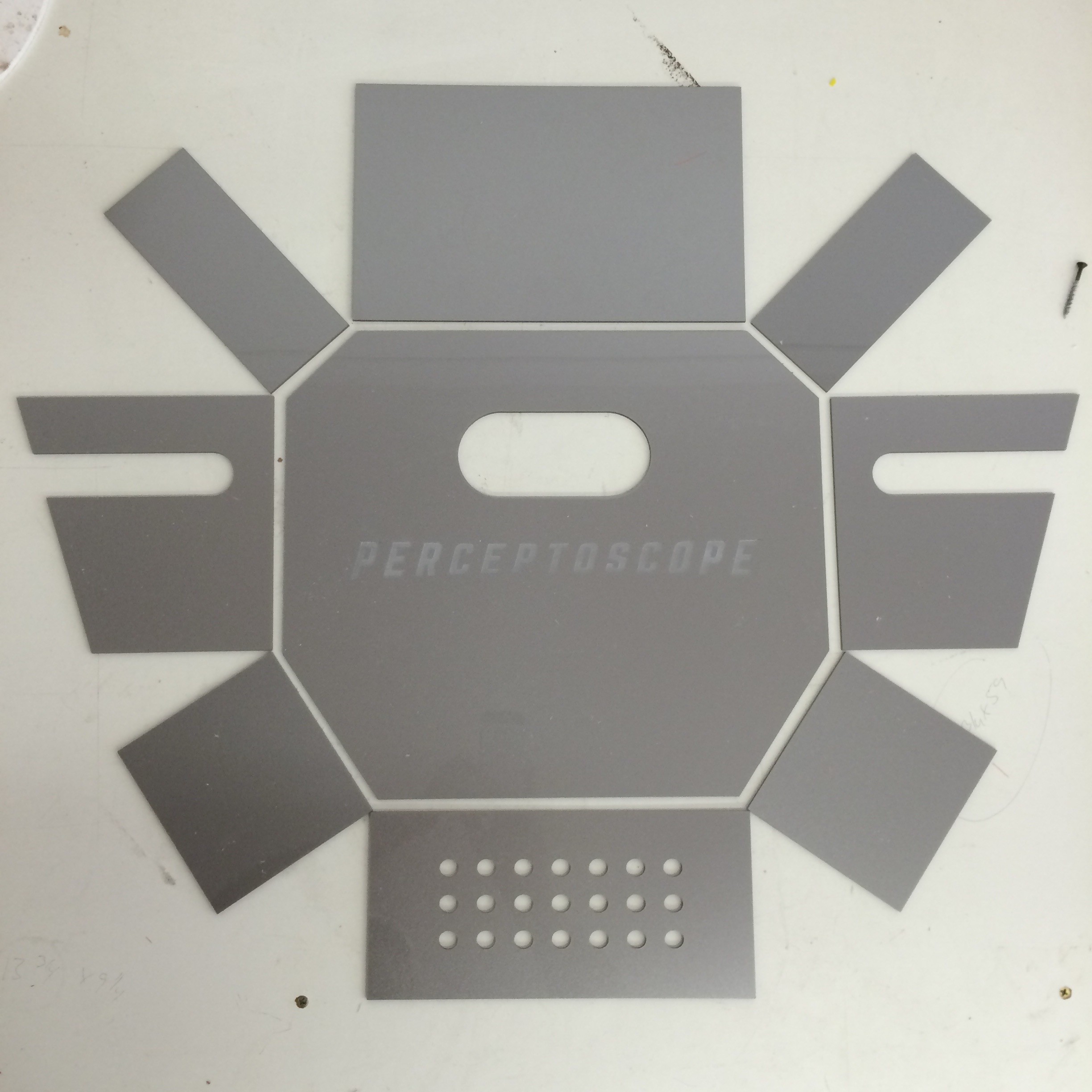

I had designed the shell a bit tight, but it wasn't anything a good angle grind couldn't fix.
All that was left now was systems integration.
Adam designed a daughterboard to hook up all our components to an Arduino Pro Micro, and I built a power regulator sled to break out relevant voltages to the internal systems. We twisted together a wiring harness, and routed it through the body of the scope.
With the systems all in place, it was time to boot it up. Success!
I built a pedestal to hold the Scope , and quickly got it ready for an event Perceptoscope was invited to called "The Future of Cities" at the Los Angeles County Museum of Art. It was down to the wire quashing all the bugs needed to get it ready to deploy, but thankfully we made it.

The Perceptoscope was given a prime spot between some folks from the MIT Media Lab and Jesús Rafael Soto’s kinetic sculpture "Penetrable". On the experience side, I had designed a simple story around El Aliso, the lost council tree of the original native people of the LA basin. Where the tree once stood is now an onramp to the 101, and via the Perceptoscope people could see a 3D representation of the tree in the space in front of them, and then jump to a 360 panorama of what its former site looks like today.
It was a great experience sharing the story of El Aliso and the latest Perceptoscope in a place that meant so much to me as LACMA. My hope now is to bring El Aliso more permanently back to life as a monument in the actual site where it stood.
After an exhausting sprint, I packed up the Scope and headed to Miami to present my findings to Knight for the Prototype Fund's Demo Day. There was still a lot of refinement left to do to get the project ready to scale, but it felt good to share what we had been able to accomplish in such a short sprint.
I started planning for the next few Scopes, and working to set up some more deployments around the city. If I really wanted this to be effective, we'd need a minimum of three scopes to be able to take over a location. Either way, it was time to focus on getting this out of my apartment and into the world.
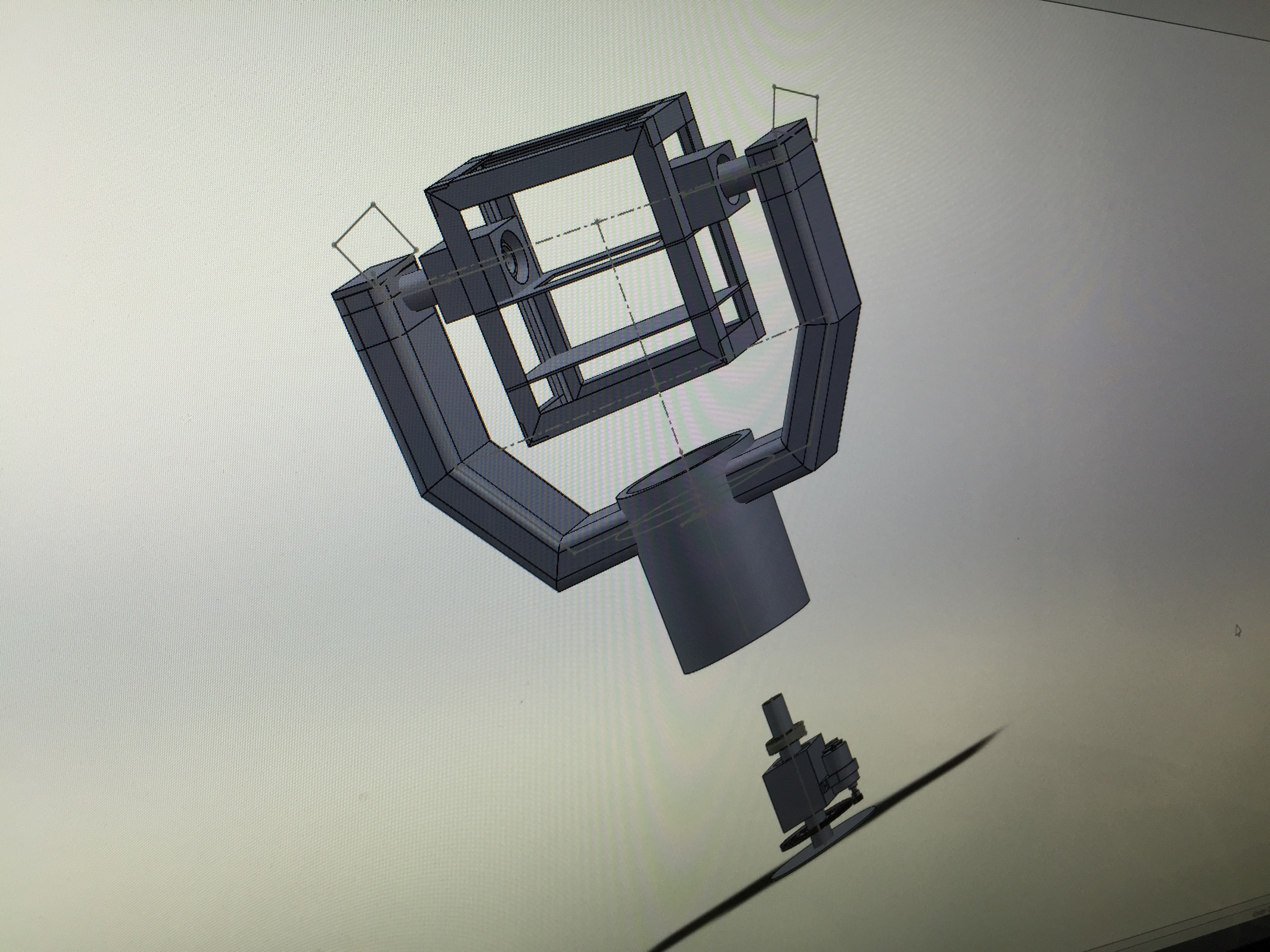
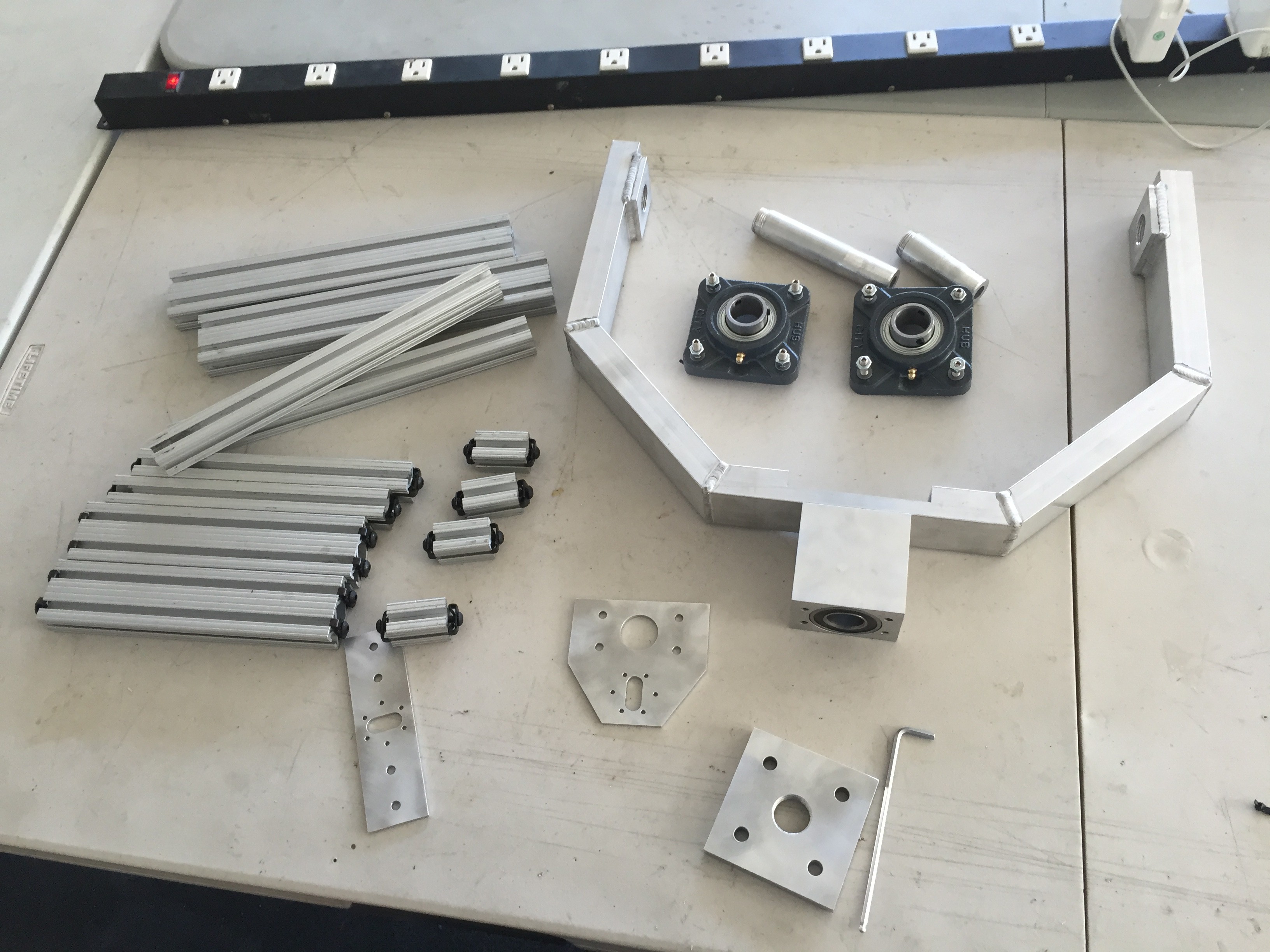


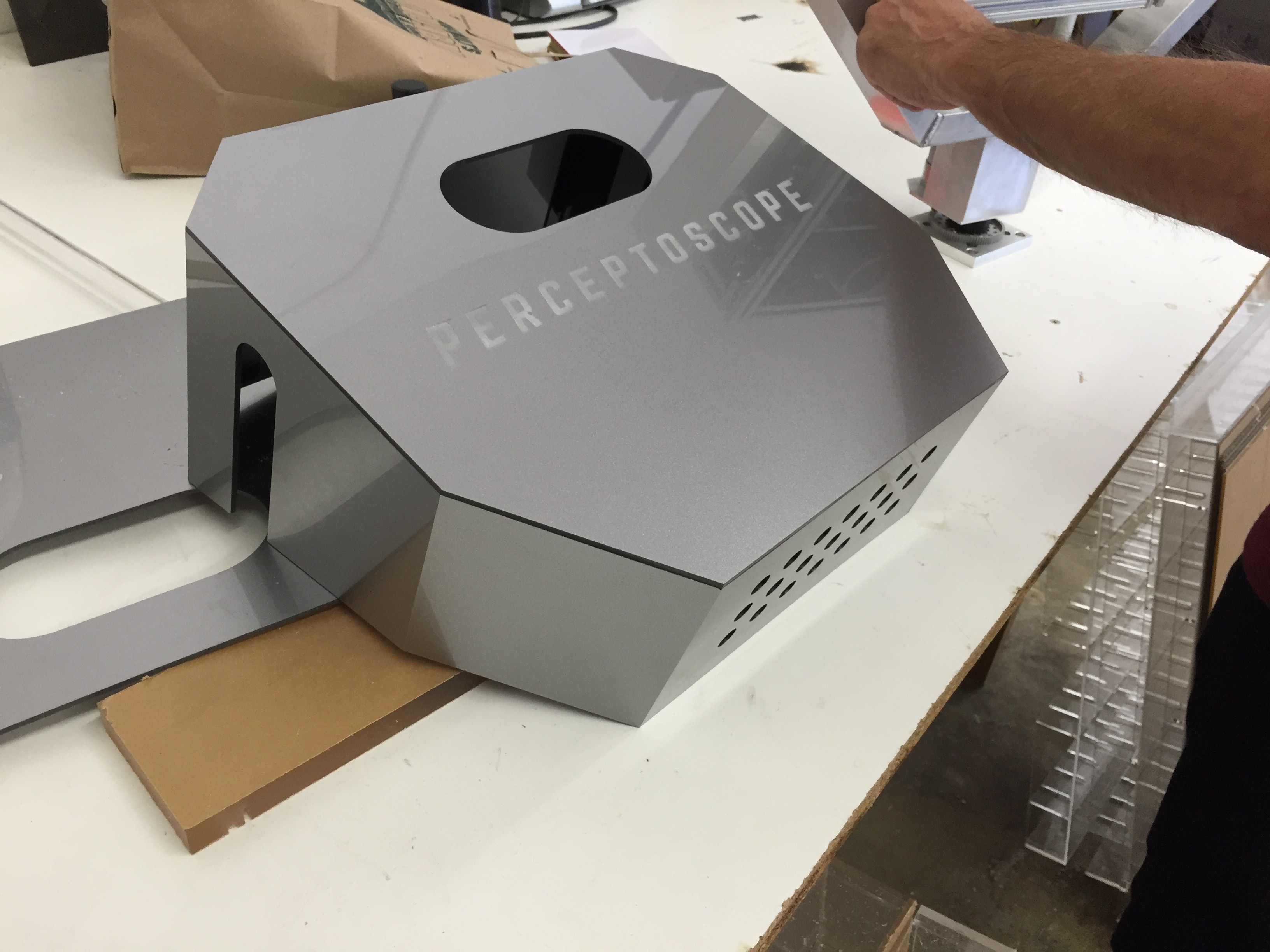
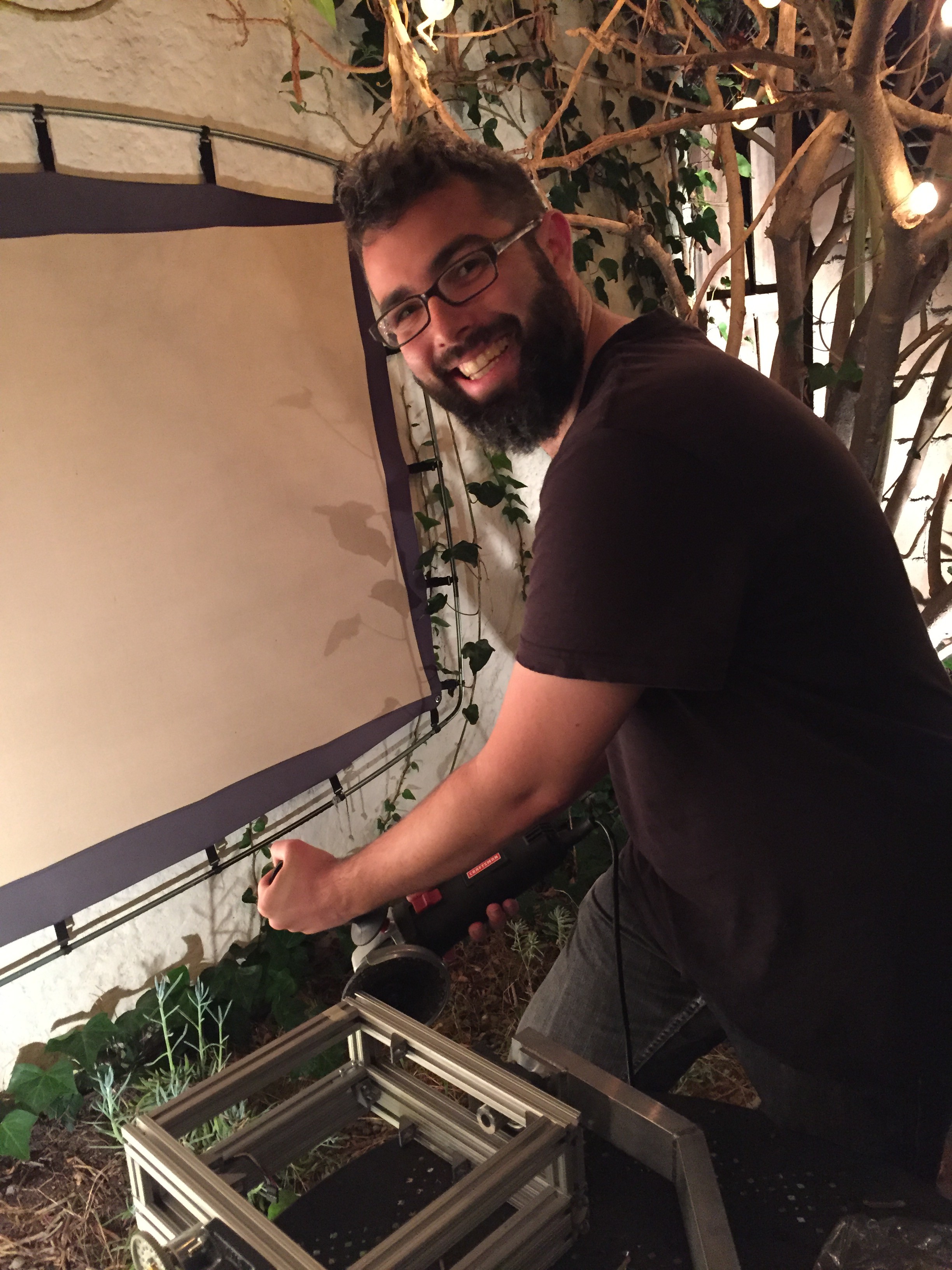
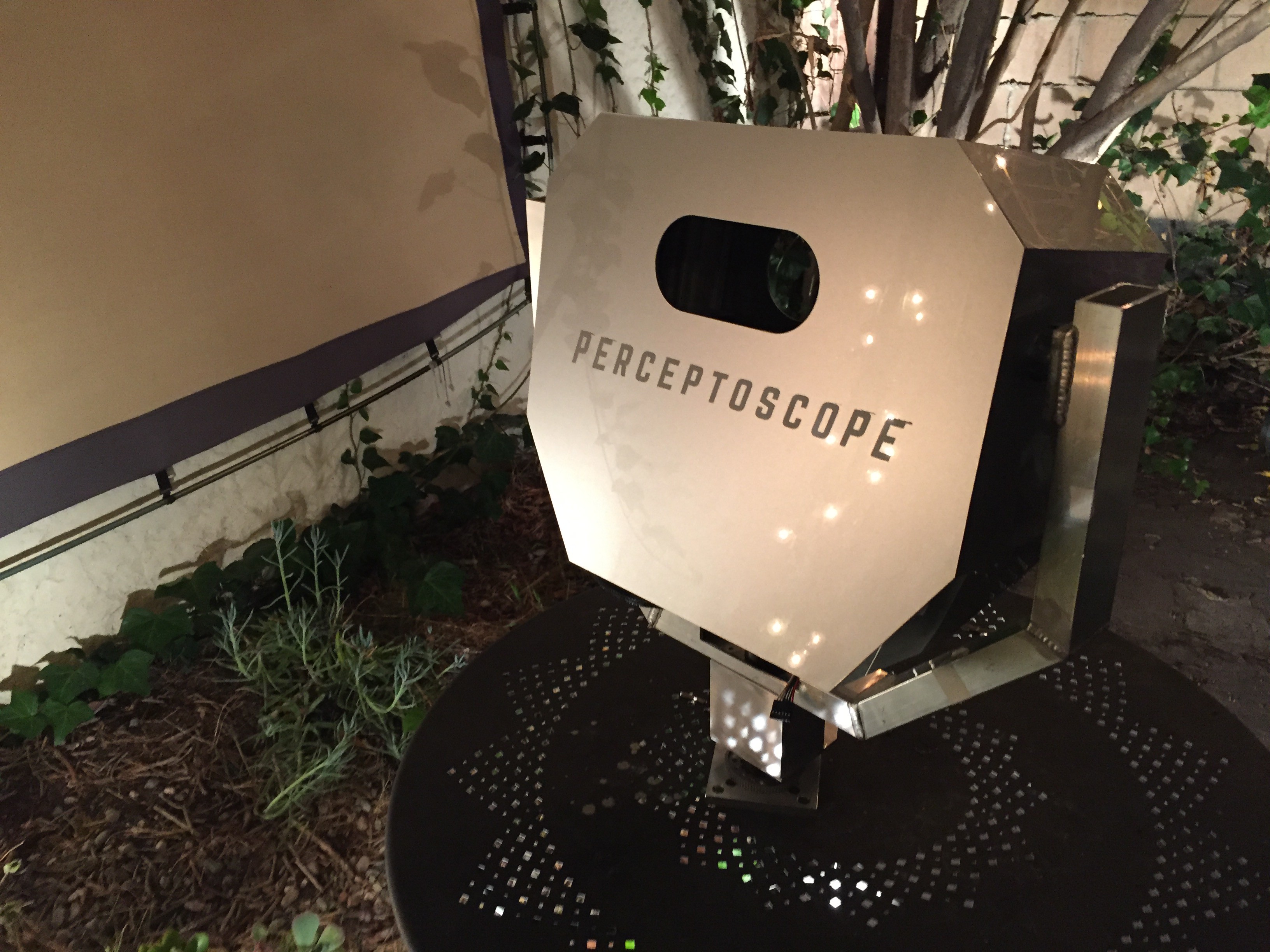


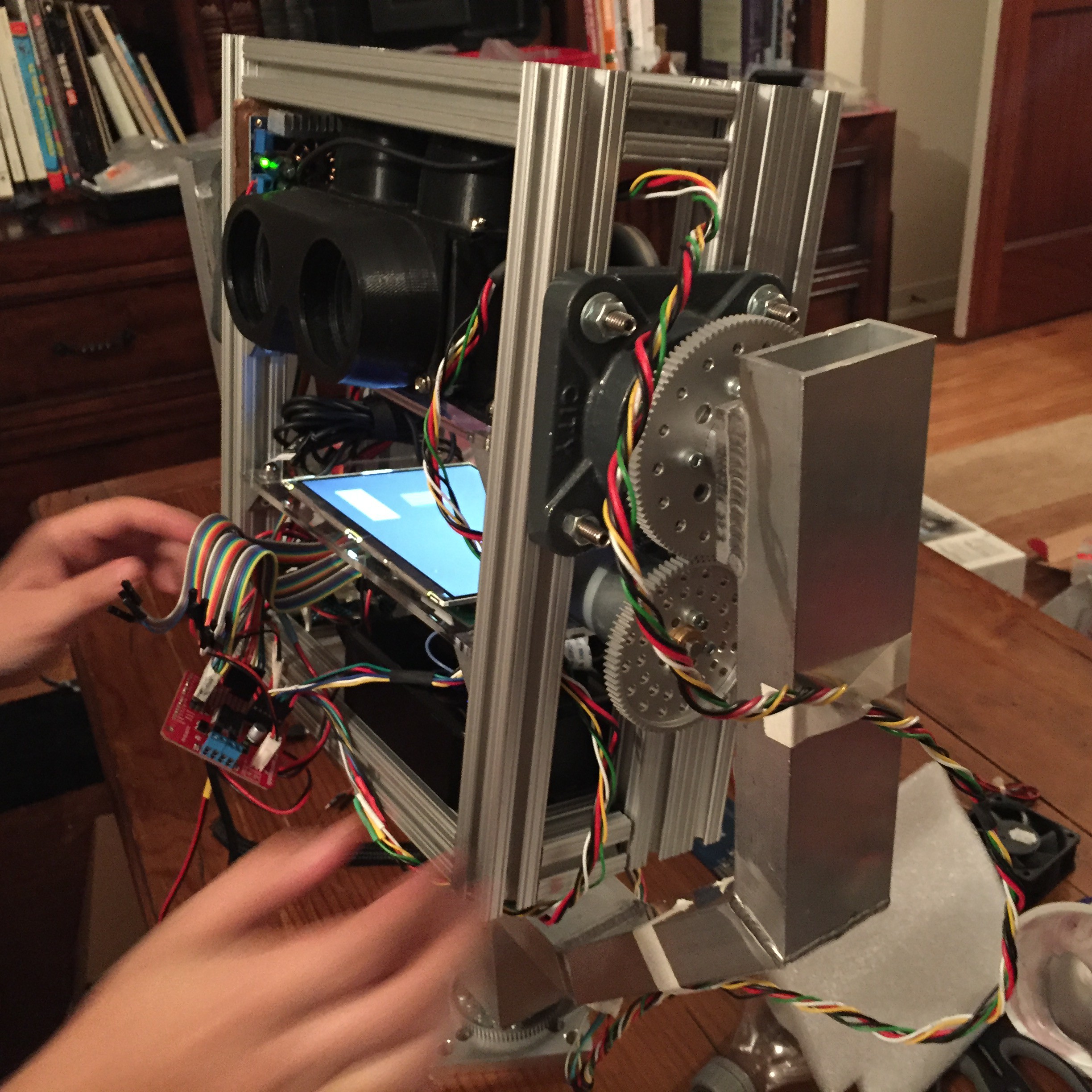
Discussions
Become a Hackaday.io Member
Create an account to leave a comment. Already have an account? Log In.